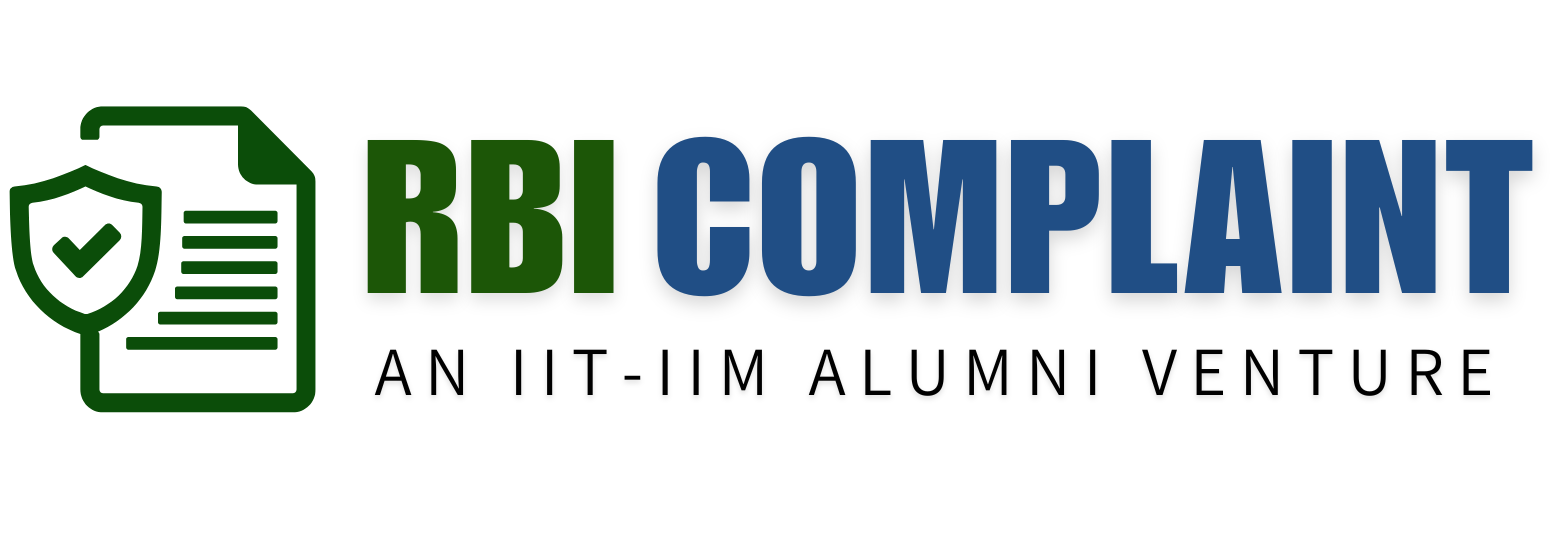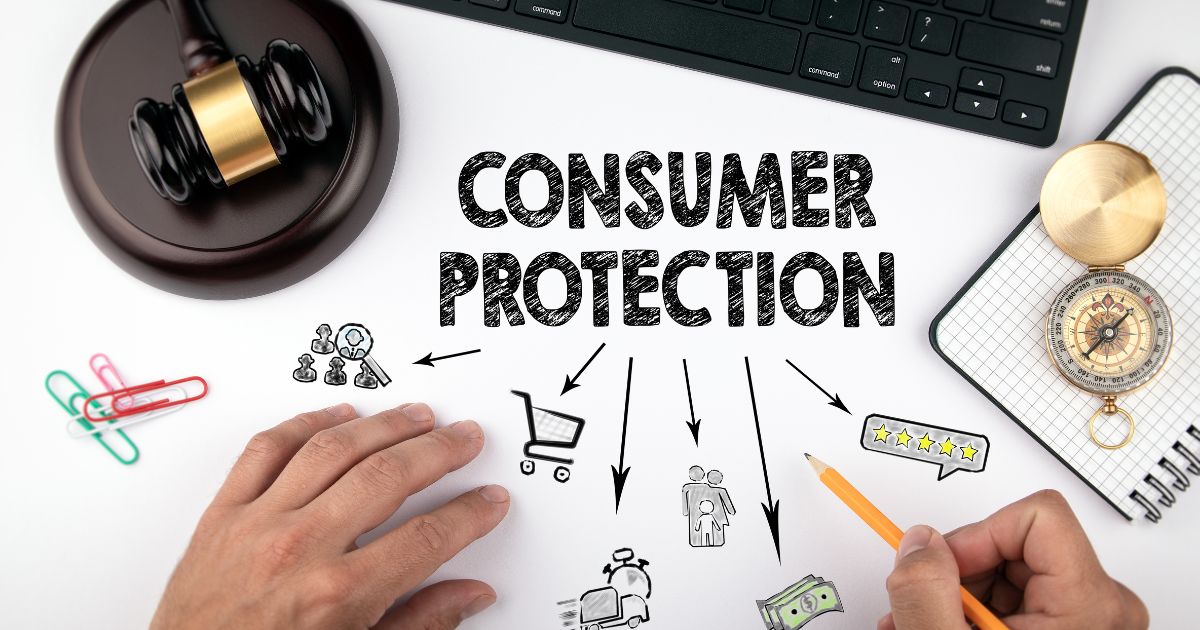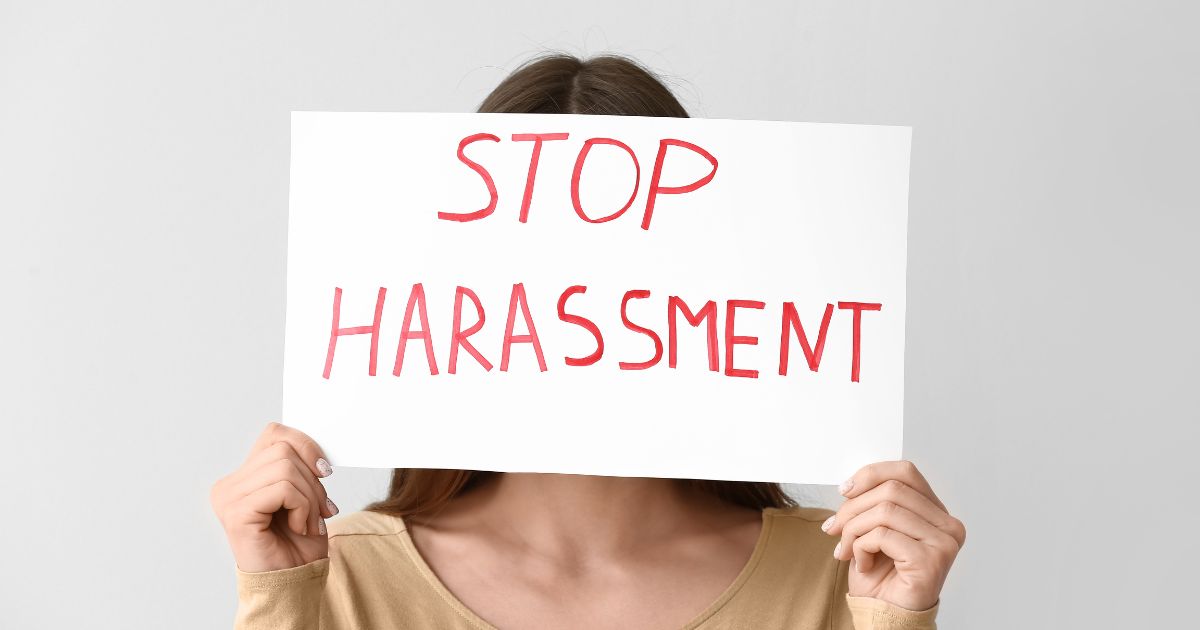· RBI Ombudsman Complaint · 4 min read
How to Escalate Your Banking Complaint to the RBI
Learn how to escalate your unresolved banking complaints to the RBI using the Integrated Ombudsman Scheme. Step-by-step process, documents needed, timelines, and tips included.
 (1).B1mrnGQ-.jpg)
Ever felt stuck when your bank just doesn’t seem to care about your complaint? We’ve all been there. Whether it’s a failed transaction, wrongful charges, or just poor customer service, sometimes banks drop the ball. When that happens, you don’t have to take it lying down. You can escalate your issue to the Reserve Bank of India (RBI). This guide walks you through everything you need to know, step-by-step.
Understanding the Banking Grievance Redressal System
What is a banking grievance?
A banking grievance is basically any issue you have with your bank’s services. It could be about:
Unauthorized transactions
ATM failures
Delays in loan disbursement
Incorrect interest charges
Poor customer service
If it affects your money, your trust, or your peace of mind—it counts.
Common reasons for filing complaints
Some of the most common issues include:
Failed UPI or NEFT/RTGS transfers
Fraudulent card transactions
Non-issuance of NOCs for loans
Denial of banking services
Overcharging on loans or credit cards
Step-by-Step Guide to Resolving a Banking Complaint
Step 1: Lodge a complaint with your bank
Before running to the RBI, you must first give your bank a chance to fix the problem.
Timeframes for resolution
Banks are supposed to resolve complaints within 30 days.
Always take note of your complaint reference number.
Step 2: Escalate within the bank
If the front-line staff isn’t helping, don’t give up. Escalate the complaint to the Nodal Officer or Grievance Redressal Officer in your bank. Their details are usually on the bank’s website.
Nodal officer and grievance redressal officers
These officers are specially appointed to look into unresolved complaints and are required to respond within a time-bound manner.
When to Escalate to the RBI
Signs your issue needs RBI intervention
The bank hasn’t replied in 30 days.
The response is vague or unhelpful.
Your complaint was closed without your consent.
Time limits and preconditions
You must approach the RBI within one year from the date you got a reply from the bank or from when the 30-day period ended.
Introduction to RBI’s Integrated Ombudsman Scheme
What is the scheme?
Launched in 2021, this scheme merged various ombudsman services under one roof, making it simpler and faster for customers to lodge complaints.
Key features of the scheme
One nation, one ombudsman approach
Centralized Complaint Management System (CMS)
Covers all types of banks (scheduled commercial banks, NBFCs, payment banks)
Who Can File a Complaint With the RBI Ombudsman?
Eligibility criteria
Individuals with unresolved banking issues
Non-resident Indians (NRIs)
Legal heirs or nominees
Who is excluded?
Anonymous complaints
Frivolous or repetitive issues
Complaints already in court or consumer forum
How to File a Complaint to the RBI
Online method: CMS Portal
The CMS Portal is the easiest and quickest way.
Step-by-step CMS filing
Visit cms.rbi.org.in
Click “File a Complaint”
Fill in personal and bank details
Upload supporting documents
Submit and save your complaint number
Offline method: Writing a letter or email
You can also write to the Centralised Receipt and Processing Center (CRPC)
Documents Required for RBI Complaint
What to keep ready
Copy of the original bank complaint
Bank’s response (if any)
Transaction details
Identity proof
Tips for accurate documentation
Make sure the documents are legible, dated, and relevant to the complaint.
What Happens After Filing a Complaint?
The RBI’s process
Once received, RBI screens your complaint. If it fits the guidelines, it gets assigned to an ombudsman officer.
Expected timeline and updates
You’ll typically hear back within 30 days, but some complex cases may take longer.
Outcomes of an RBI Complaint
Possible resolutions
Refunds
Written apologies
Service corrections
Compensation
What if the complaint is rejected?
You’ll be informed with reasons. If you’re not satisfied, you can appeal.
Tips to Make Your Complaint Effective
How to write a strong complaint
Be concise and specific
Use bullet points if needed
Include reference numbers and documents
Common mistakes to avoid
Vague language
Missing documents
Emotional or threatening tone
How to Track the Status of Your Complaint
CMS portal tools
Log into the CMS portal using your complaint ID to check status.
Phone and email updates
You might receive updates through SMS or email depending on your contact preferences.
What If You’re Still Not Satisfied?
Appeal process
You can appeal within 30 days to the Appellate Authority (usually a Deputy Governor of RBI).
Legal routes beyond RBI
Still unhappy? You can knock on the doors of the Consumer Court or High Court depending on your case.
Real-Life Examples of RBI Complaint Success
Mr. Sharma’s UPI Refund: Got ₹25,000 refunded after 40 days of being ignored by the bank.
Anita’s Loan Closure: RBI helped her get an NOC and corrected her CIBIL score.
Rahul’s Card Fraud: ₹15,000 reversed after ombudsman intervened.
Conclusion
You deserve fair treatment from your bank, and the RBI is here to ensure just that. Don’t let unresolved issues pile up. Follow the process, submit a well-documented complaint, and hold your bank accountable. You’re not just another customer—you’re a consumer with rights.
FAQs
1. Can I file a complaint against any bank?
Yes, all scheduled commercial banks, NBFCs, and payment banks fall under the RBI Ombudsman Scheme.
2. Is there any fee to file a complaint with the RBI?
No, filing a complaint is completely free.
3. Can I file more than one complaint?
Yes, but each complaint must be for a separate issue.



